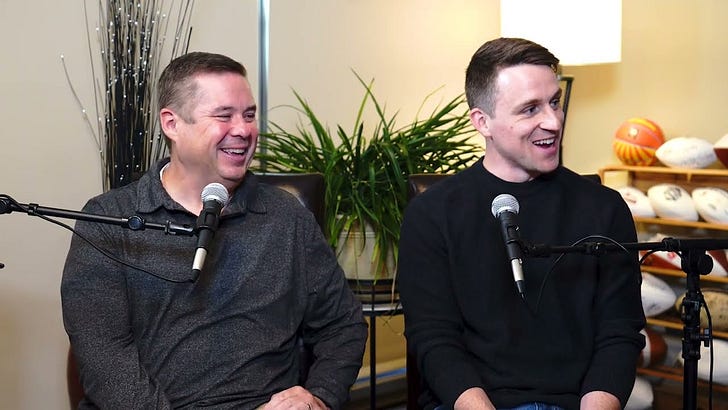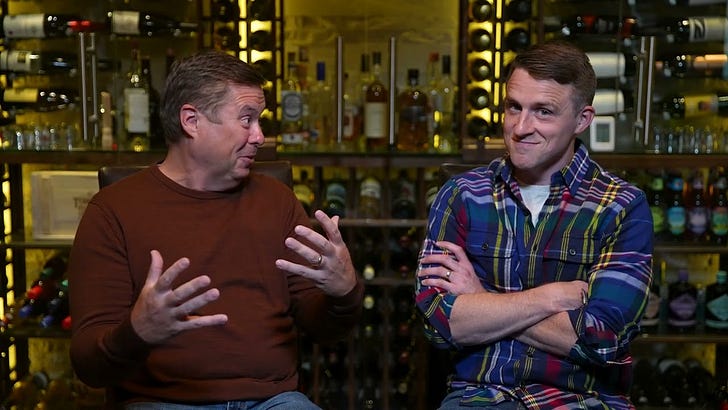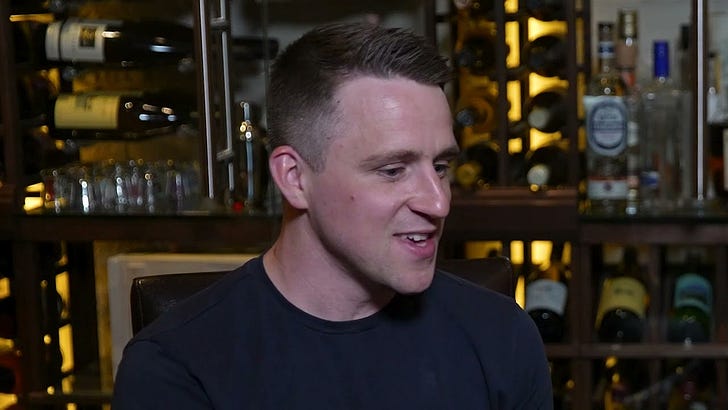When you think about stepping into the CEO role, it’s easy to assume it comes after years of planning, grooming, and raising your hand. That’s not how it happened for Amanda Lannert.
In this week’s episode of Momentum Mode, Mike and I sat down with Amanda—longtime CEO of Jellyvision, powerhouse board member, and two-time Chicago CEO of the Year—to talk about what it really means to become and be a CEO. What unfolded was a masterclass in leading with authenticity, adapting through scale, and managing the whiplash of change without losing your core.
“I didn’t ask for the job.”
Amanda's path to CEO wasn’t traditional. It wasn’t even expected—by her.
“It actually bothers me that I had never even considered being CEO, let alone had aspirations for it,” she said. “I was a kid of academics. That wasn’t my path.”
In fact, she found out she was CEO over lunch. On her birthday. Via a gift bag. She thought it was a metaphorical brick.
“I’m like, ‘Oh no, this brick is going to have a plaque on it that I have to keep on my desk until the end of days.’ But it was a box of business cards that said ‘Amanda Lannert, CEO.’ And I said, ‘No.’ He said, ‘Yeah.’ And that’s how it happened.”
That abrupt transition shaped how Amanda would lead: not from a place of ego or hierarchy, but from a deeply rooted sense of responsibility.
Surprised by the Role, Then Surprised by the People
It didn’t take long before Amanda realized something else unexpected about the role.
“I felt very unqualified to lead—and yet people still were willing to follow.”
That feeling of imposter syndrome is common. But Amanda’s approach—leaning into feedback, being obsessively self-aware, and building strong counterbalances around her—helped her grow into the role in her own way.
Balancing Chaos and Scale
Amanda describes herself as “change-obsessed,” the kind of leader who’s ready to blow things up if it means getting to a better outcome.
But with scale comes responsibility.
“I’ve hired a lot of people who are great at process, perfection, protection,” she said. “And now I’m trying to wrangle how to keep moving fast while deeply valuing the polar opposite skills I put in place for stability.”
The challenge is finding just the right amount of chaos. Enough to innovate. Not so much that the wheels come off.
“How do you have enough chaos for the peanut butter to fall on the chocolate, but not enough to disappoint a customer?”
When You’re the CEO, You Still Need a Team
Amanda is quick to credit the people around her. From her long-time chief of staff who helps translate “whirling dervish” energy into action plans, to her new president who shares her appetite for bold moves, she sees business as a team sport.
“I try to be self-aware and I try to be humble, which means nobody’s perfect. So, how can I create foils that get energy from things I don’t?”
This thinking shows up even at the board level. Amanda has cultivated a board that values consistency, ethics, and support—and she treats them like a team, too.
“I told our newest board member, ‘If the day comes that you need to shoot me, shoot me in the face. Don’t go behind my back. I will act as a shareholder first.’”
It’s not the typical CEO-to-board dynamic. But Amanda isn’t typical.
Owning It (Even Before You Have the Title)
When we asked her if she ever felt pressure to change who she was after becoming CEO, she didn’t hesitate.
“No. I’ve always been the CEO of whatever I’m working on. I just didn’t have the title.”
That sense of ownership—of caring, of sweating the details—is something Amanda has carried since day one. It’s also a quality I see in the best leaders I’ve worked with. They’re not waiting to be anointed. They lead because they care. And that care doesn’t start when the business cards arrive.
Final Thoughts
Amanda’s story is a powerful reminder that leadership isn’t always planned. Sometimes, it’s handed to you in a gift bag on a park bench.
But what you do after that—that’s where the real leadership begins.
Her ability to lead with transparency, create meaningful counterweights around her strengths, and put people (and process) at the center of scale offers a blueprint for modern leadership. One rooted in authenticity, not theatrics.
And frankly, the best part? She’s still learning. Still evolving. Still reading an hour a day. Still showing up.
That’s the kind of leadership that keeps momentum going.









Share this post